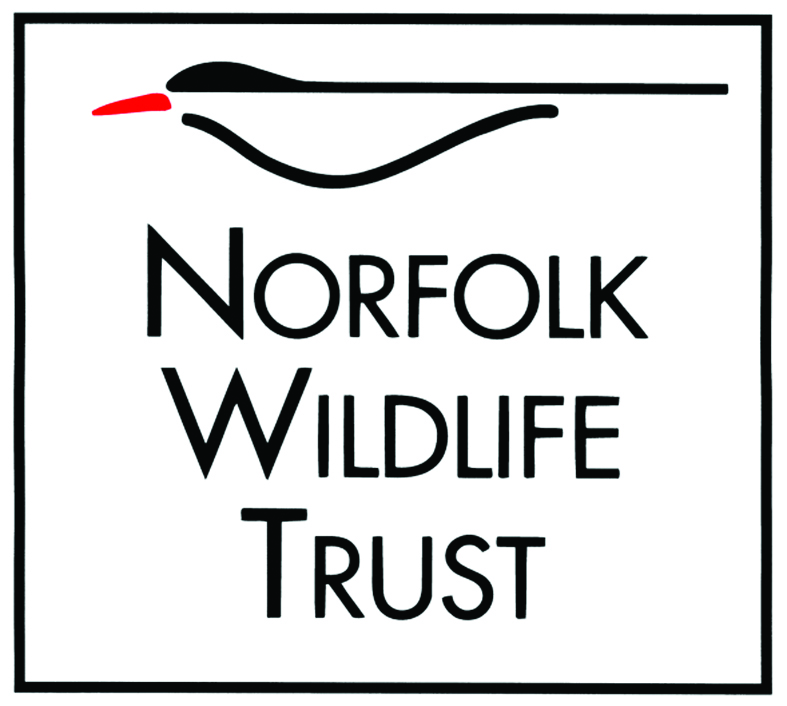Search
Search
Snake's-head fritillary
The nodding, pink-and-purple-chequered flowers of the snake's-head fritillary are said to resemble a snake, hence the name. Declining with the loss of our meadows, this delicate plant can be…
Death's-head hawk-moth
This unmistakeable moth, famous for its skull-shaped marking, is a rare visitor to the UK.
My wild job
Hi! I’m Gemma and I am the Campaigns Assistant for Essex Wildlife Trust. In my job, I try to share my passion for nature with others, while encouraging people to love, care and take action for…
Jobs
We are always looking for passionate people to join our team. If you have an interest in nature conservation, we would love to hear from you. Browse our current job opportunities.
International Women’s Day 2025
What’s it like to be a woman working in conservation? How do you get started in a career protecting wildlife and wild places? We asked four of our inspirational colleagues to share their journeys…
International journeys: Exploring the science of migration
A guided walk though NWT Sweet Briar Marshes exploring the migration of wildlife, for ages 16-25
Nightjar evening walk at NWT East Wretham Heath
Join us for a special evening walk at NWT East Wretham Heath as we head out in search of the elusive nightjar
Nightjar evening walk at NWT East Wretham Heath
Join us for a special evening walk at NWT East Wretham Heath as we head out in search of the elusive nightjar
Tufted duck
This comical little duck lives up to its name – look out for the black tuft of feathers on its head!
Batman hoverfly
This common hoverfly can be recognised by the dark markings behind its head, which often resemble the Batman logo.
Black-headed gull
The black-headed gull is actually a chocolate-brown headed gull! And for much of the year, it's head even turns white. Look out for it in large, noisy flocks on a variety of habitats.
